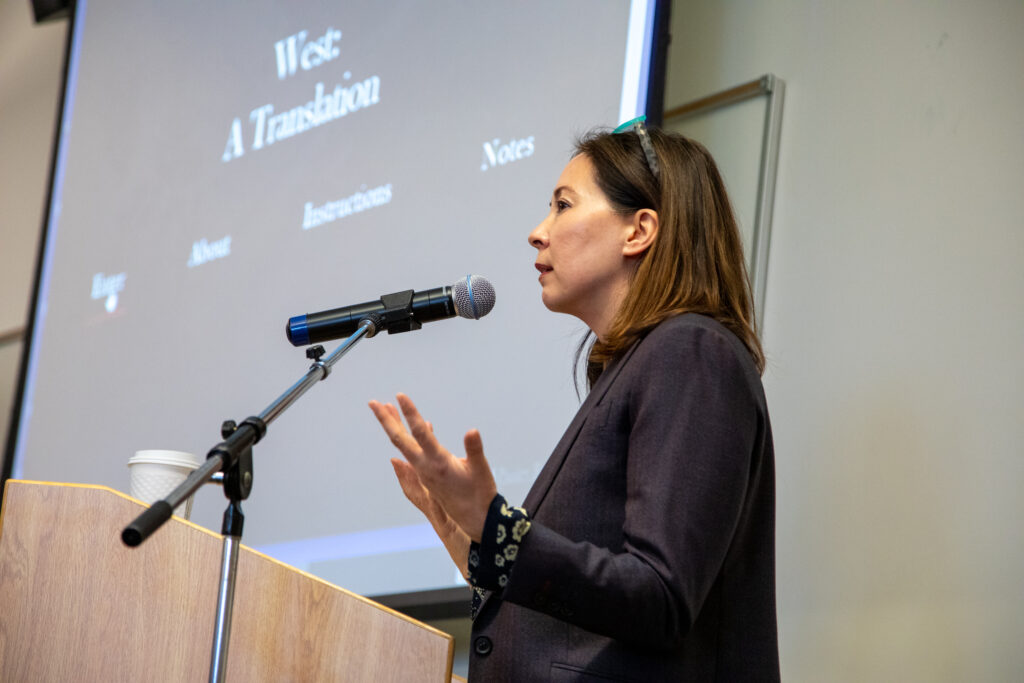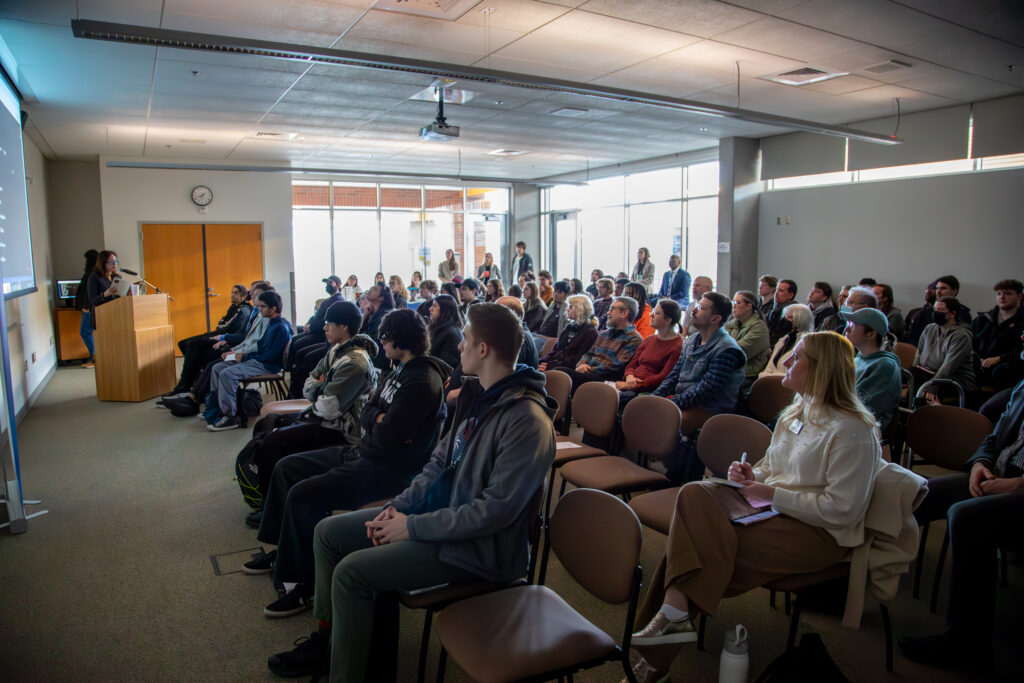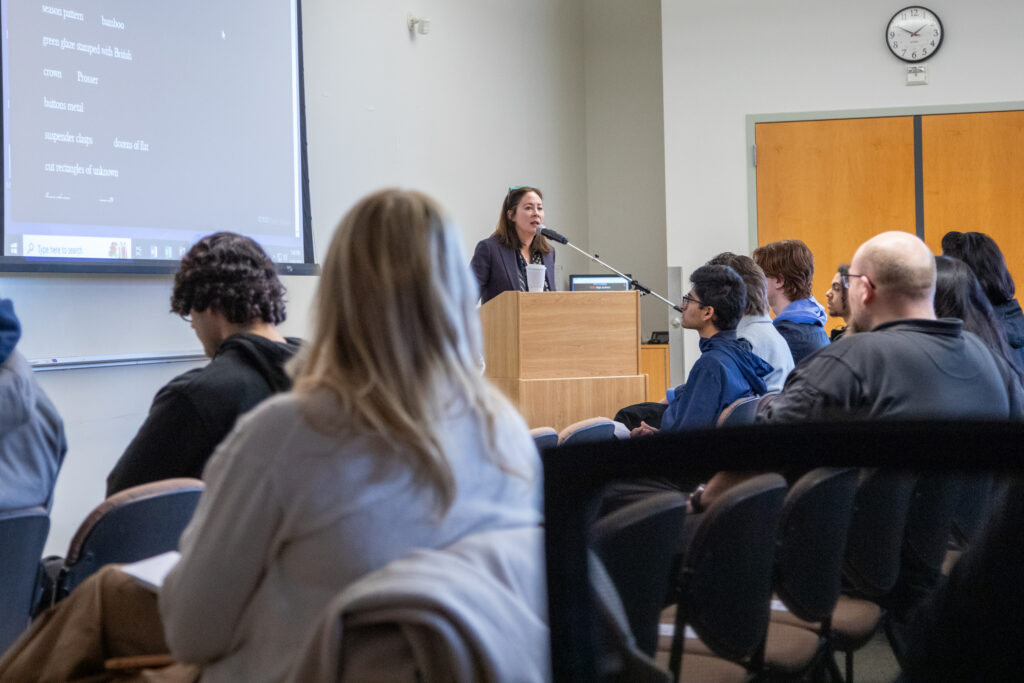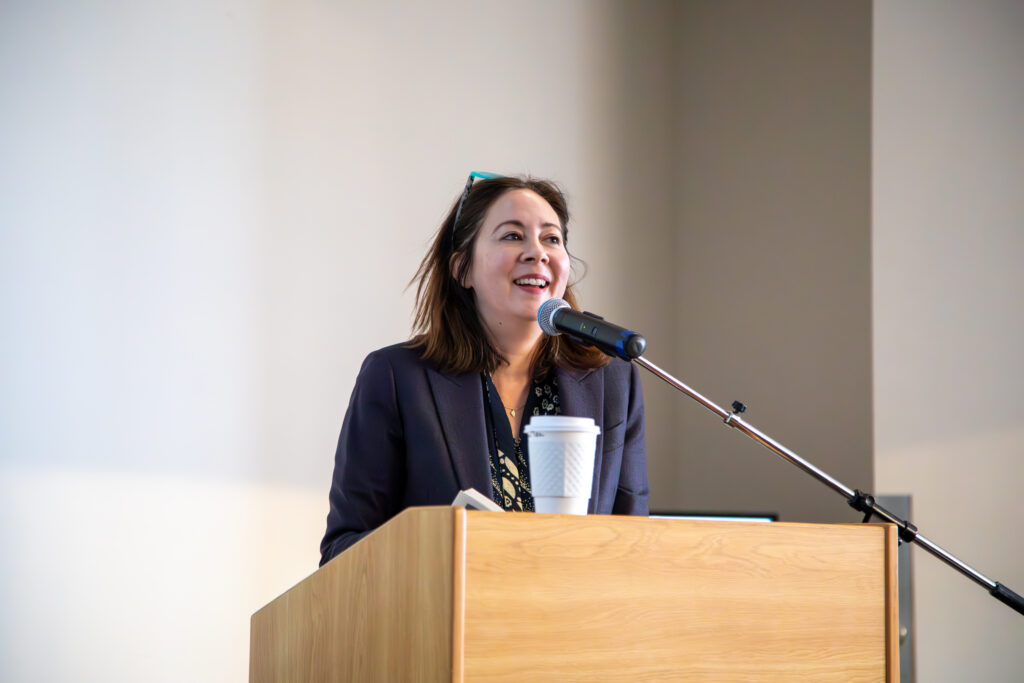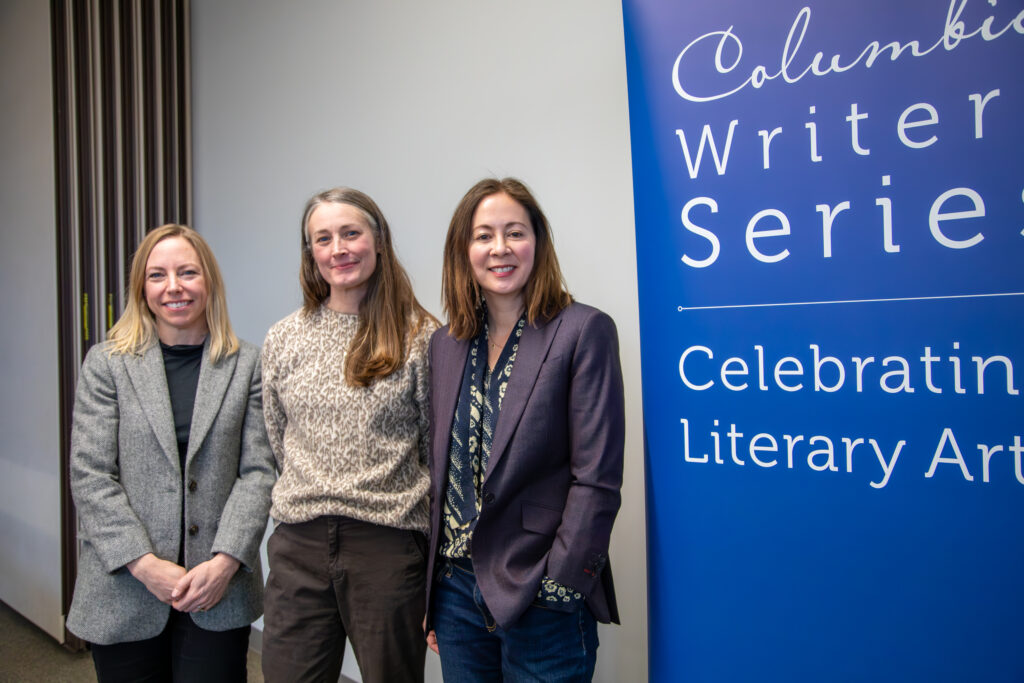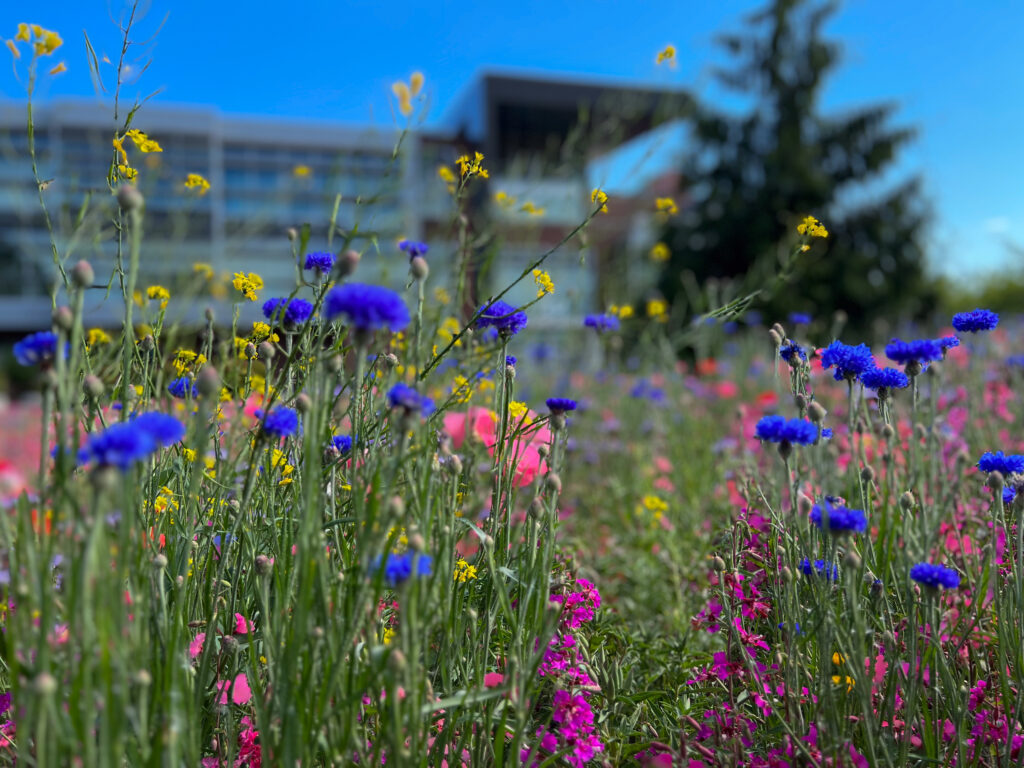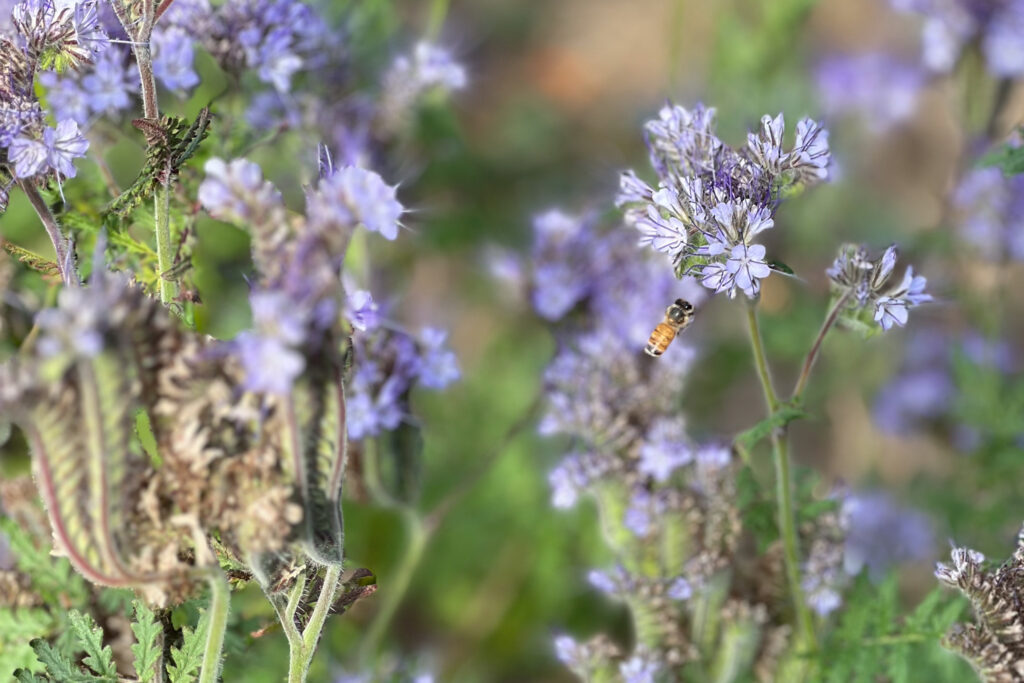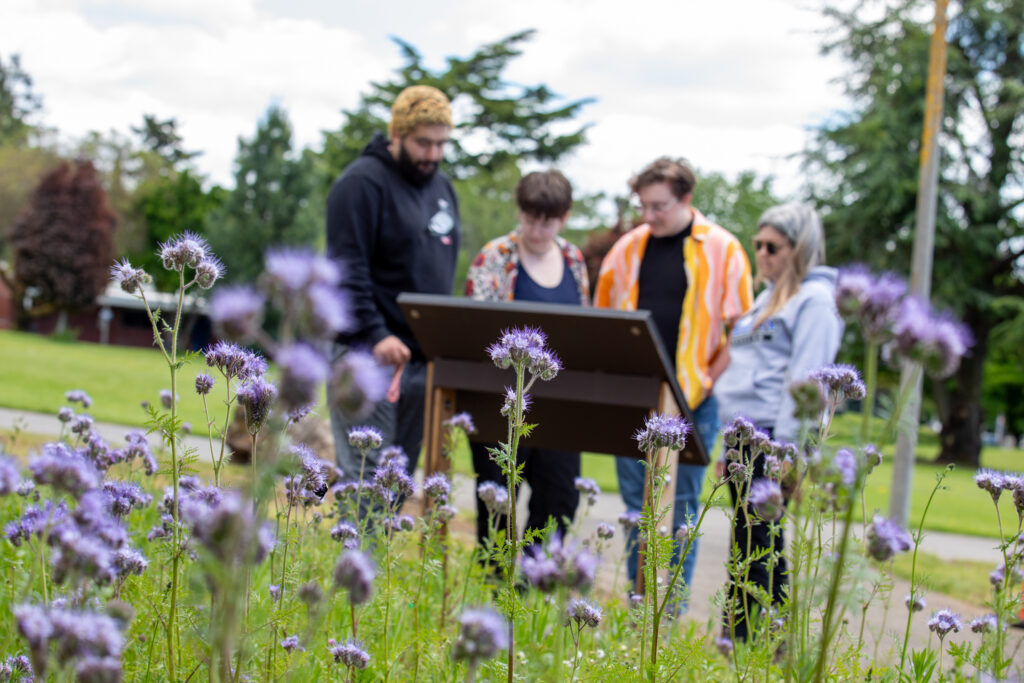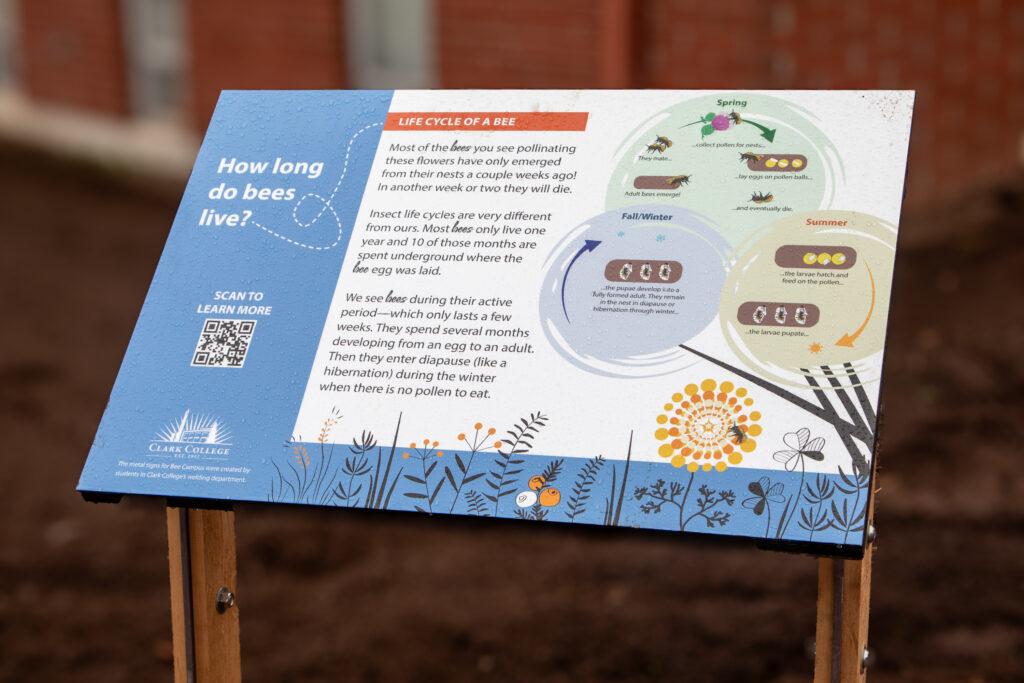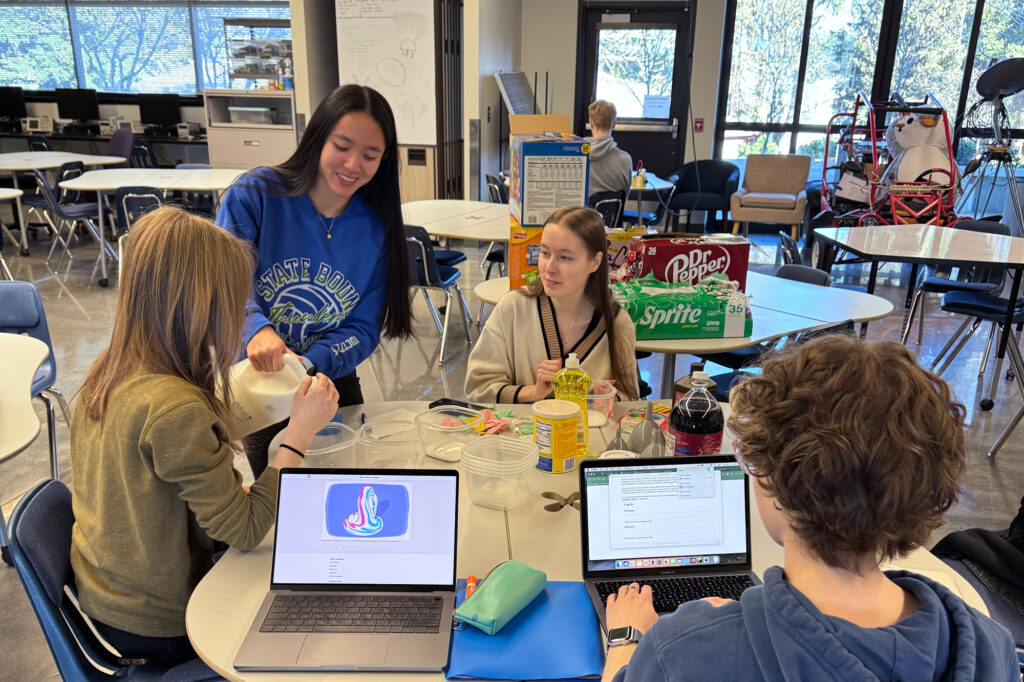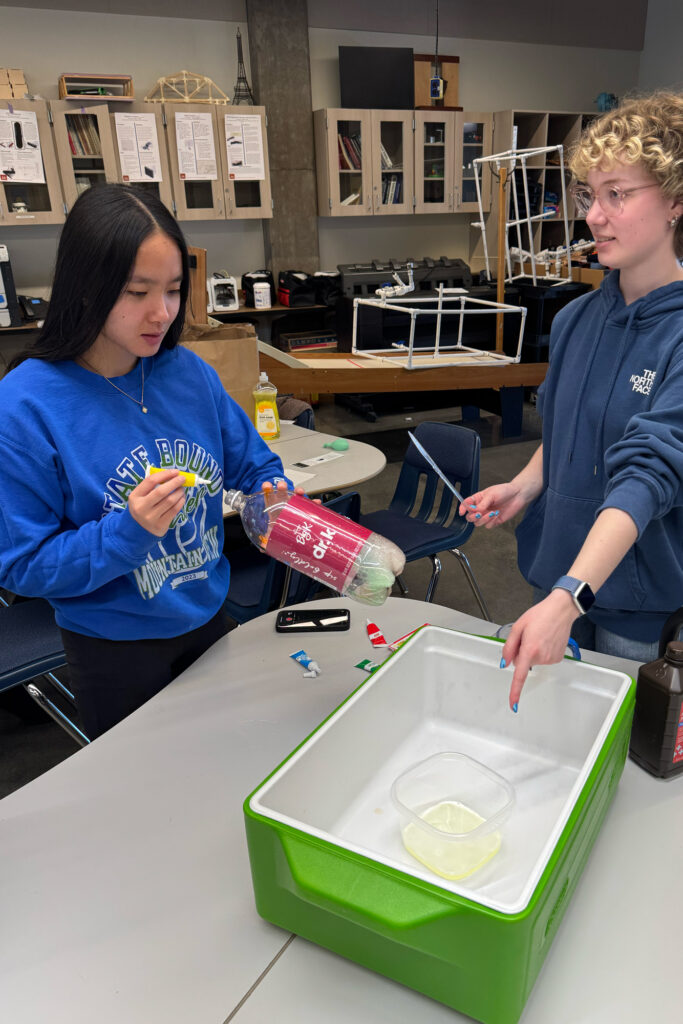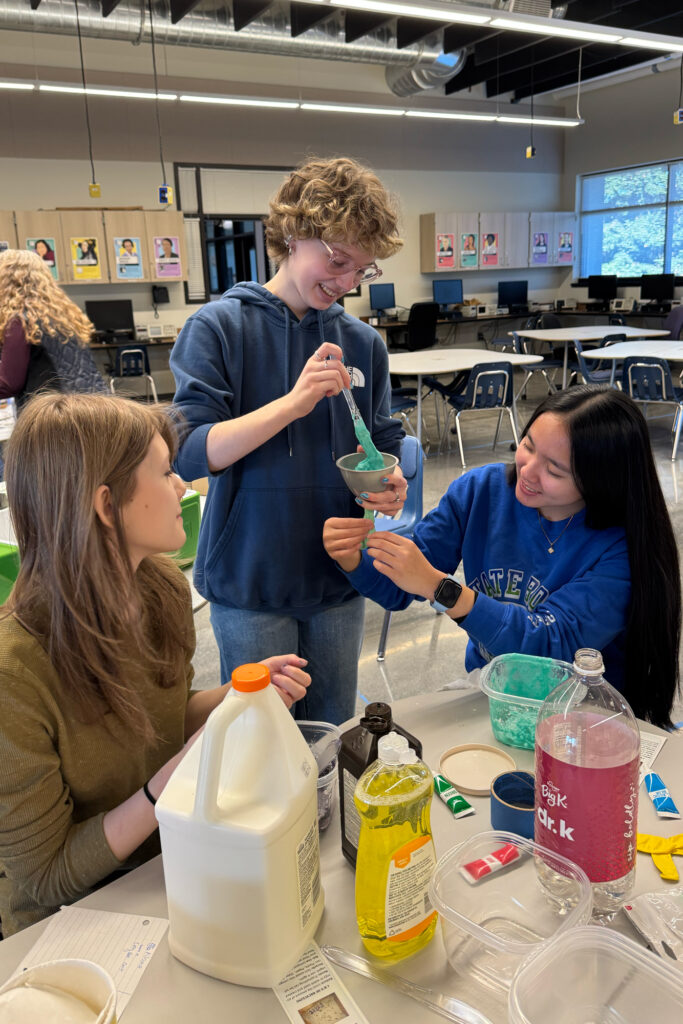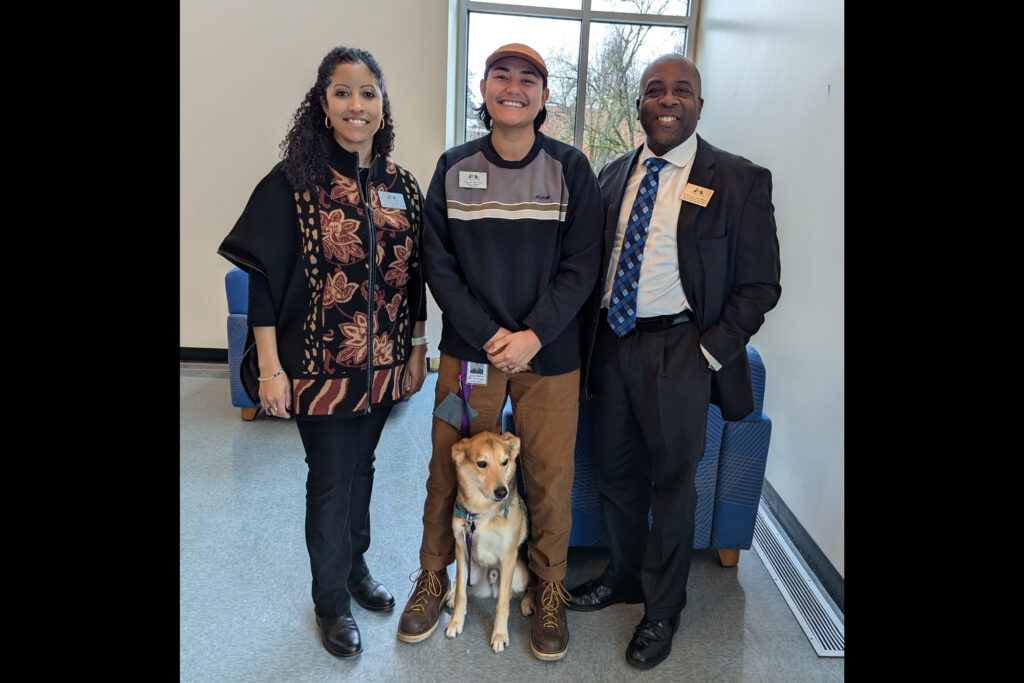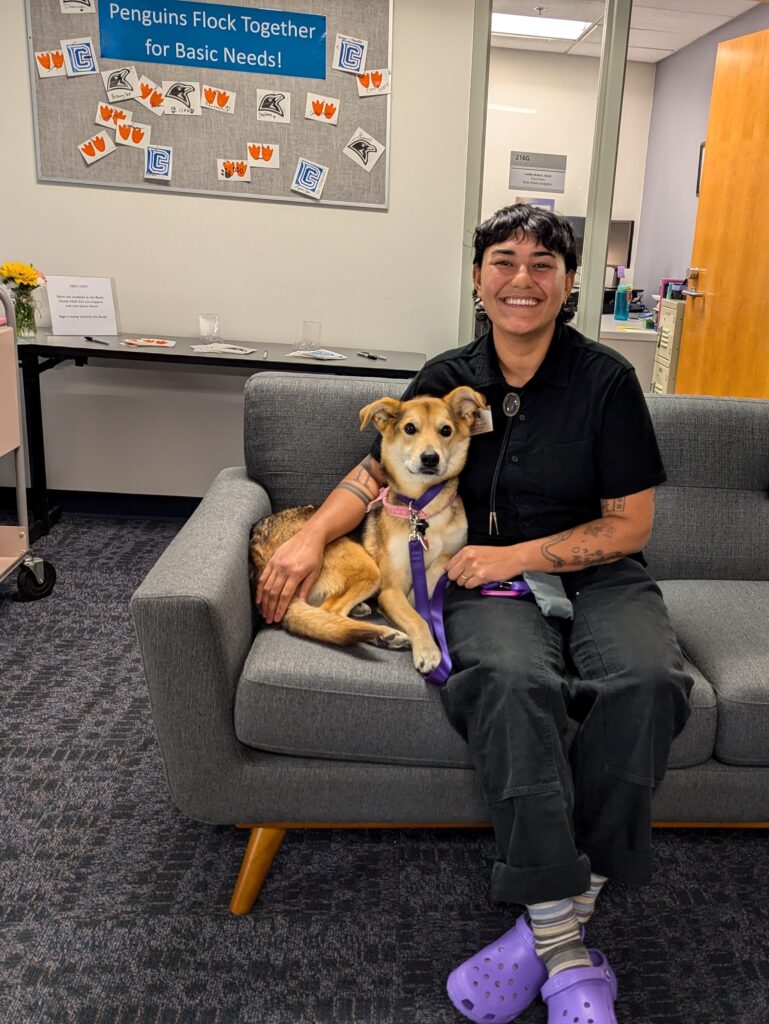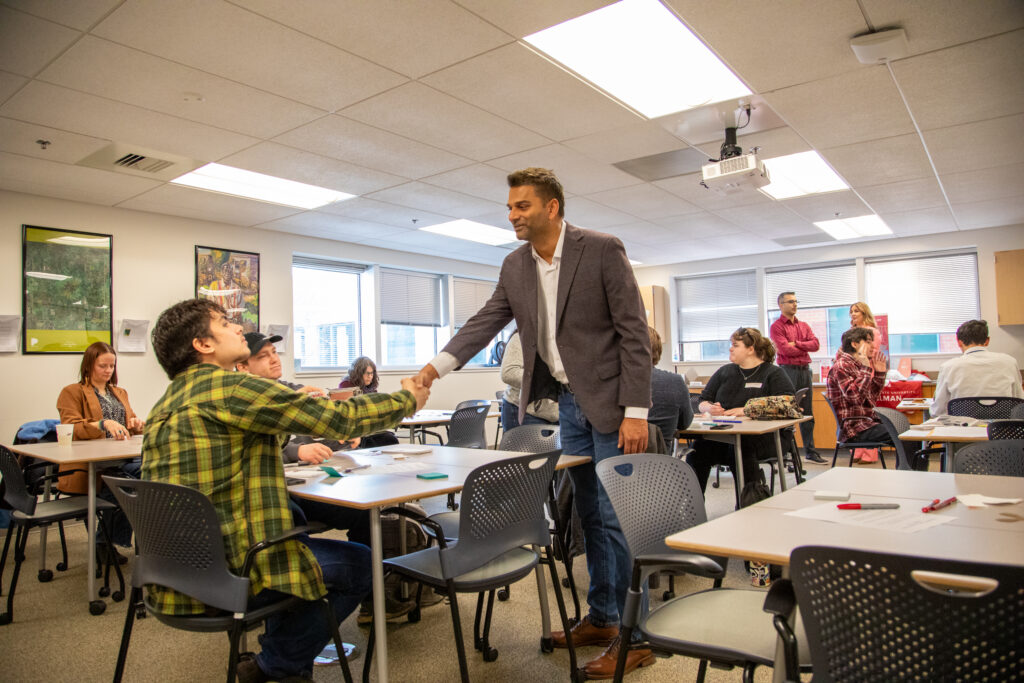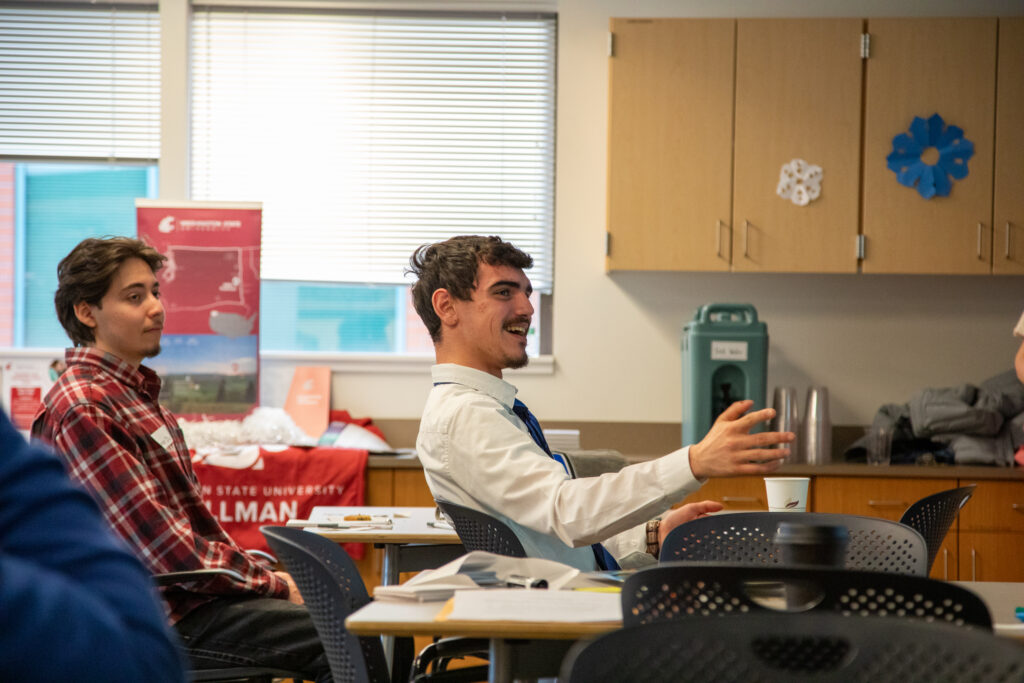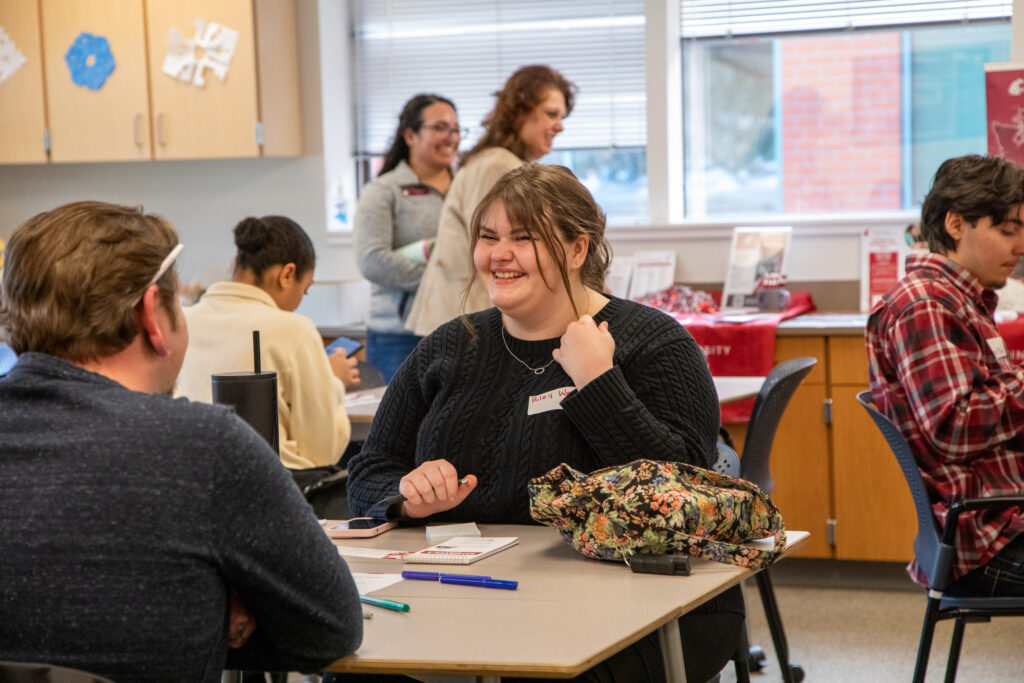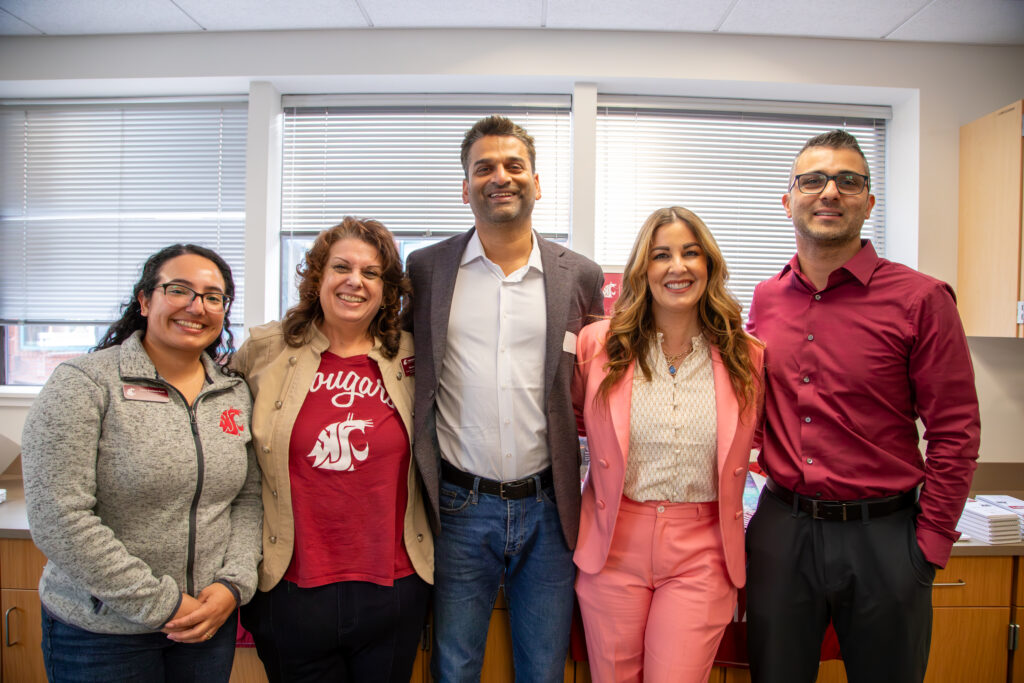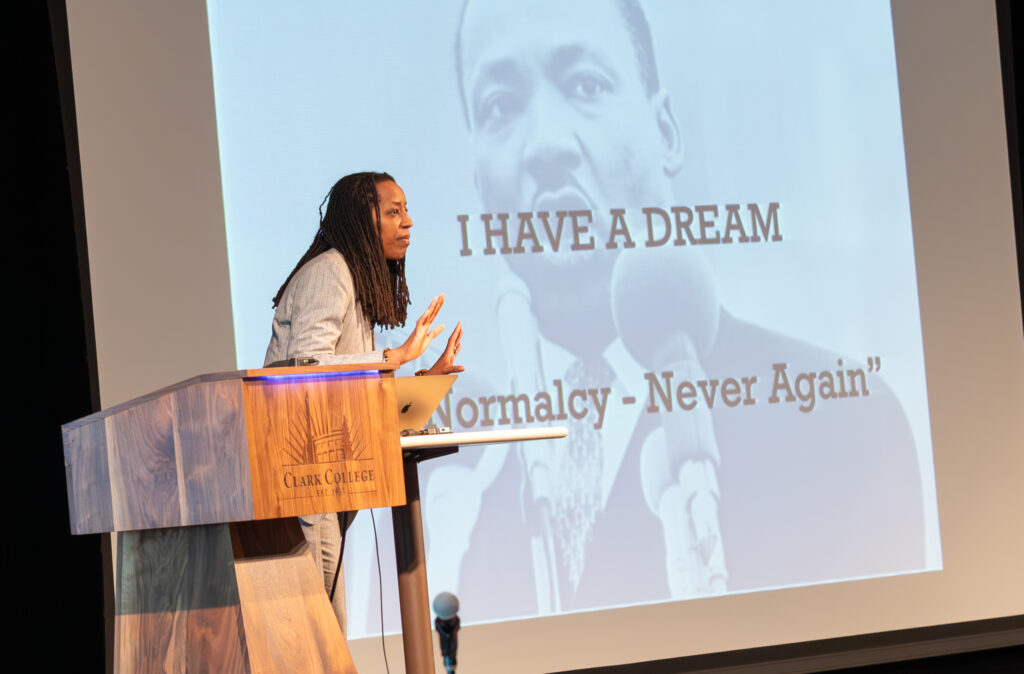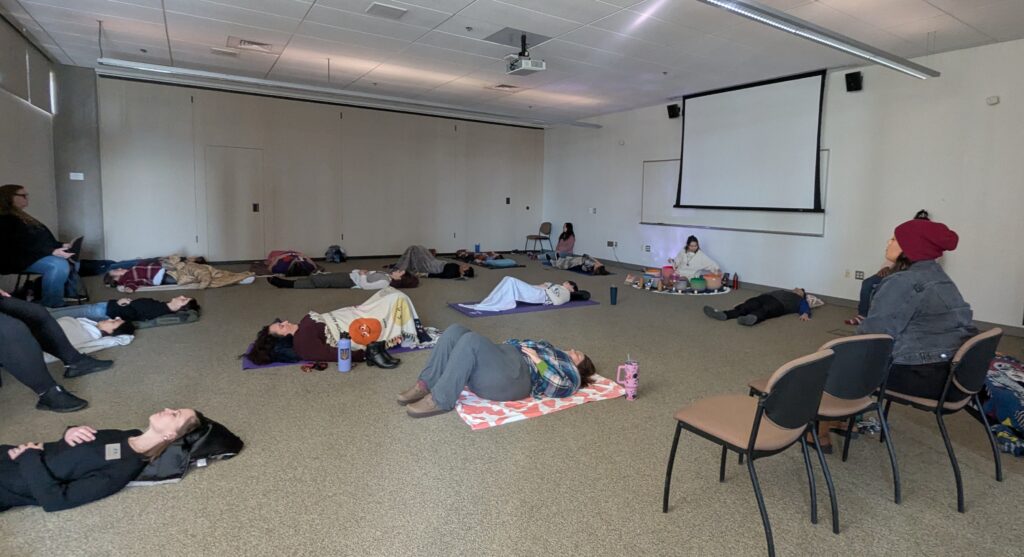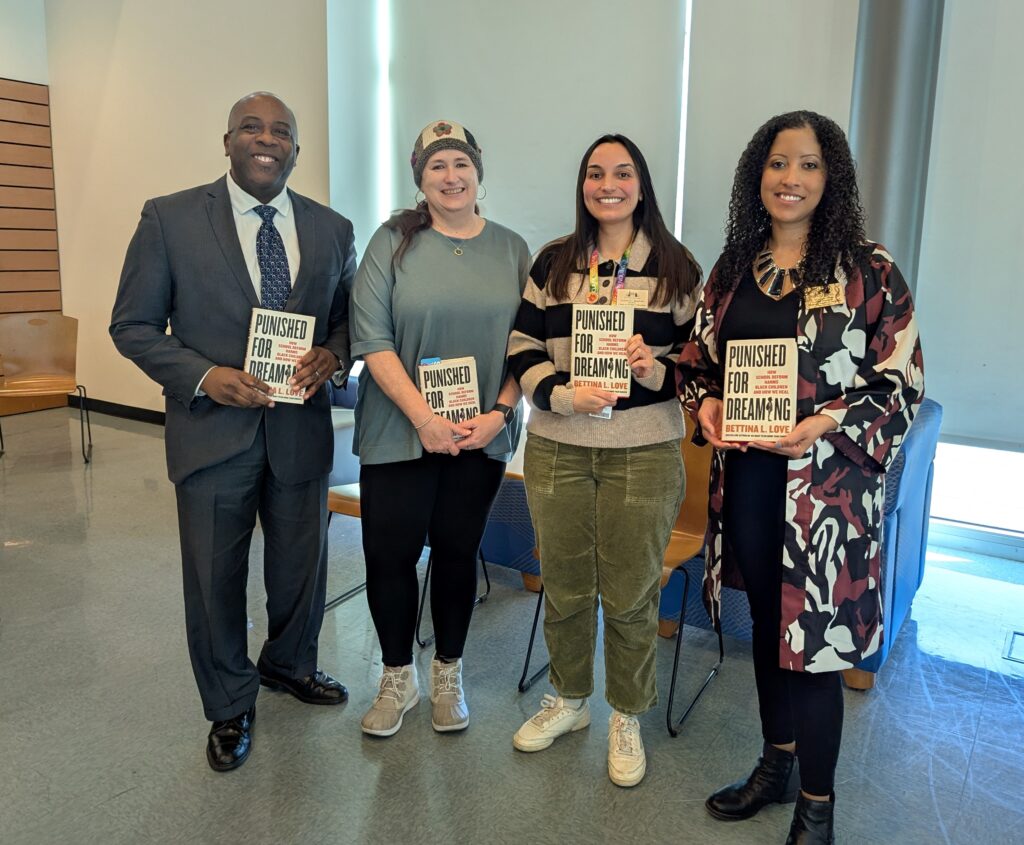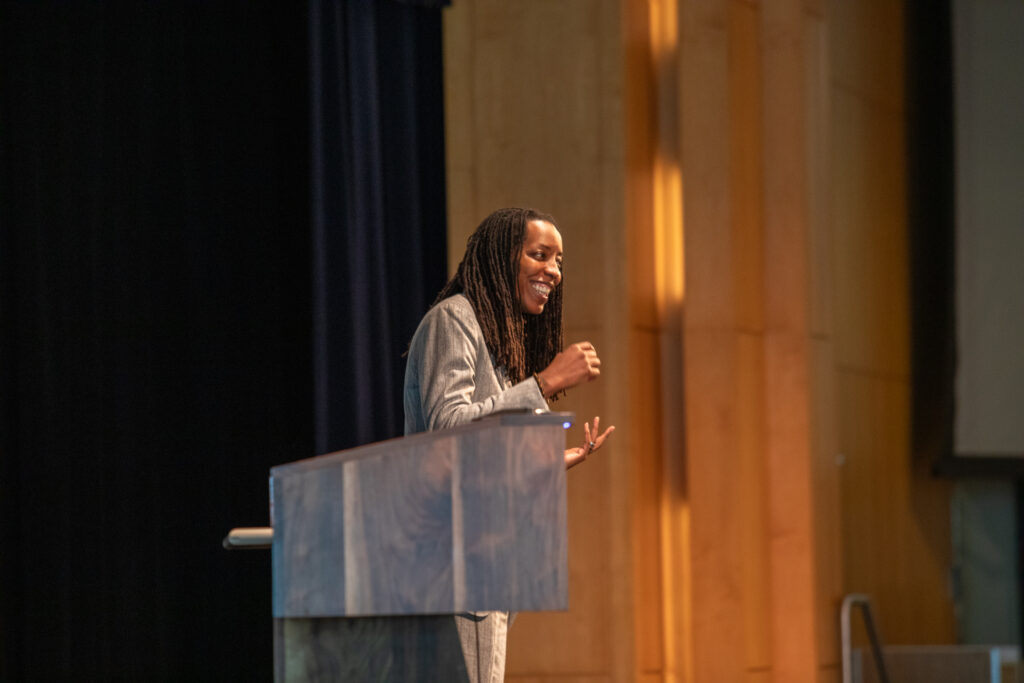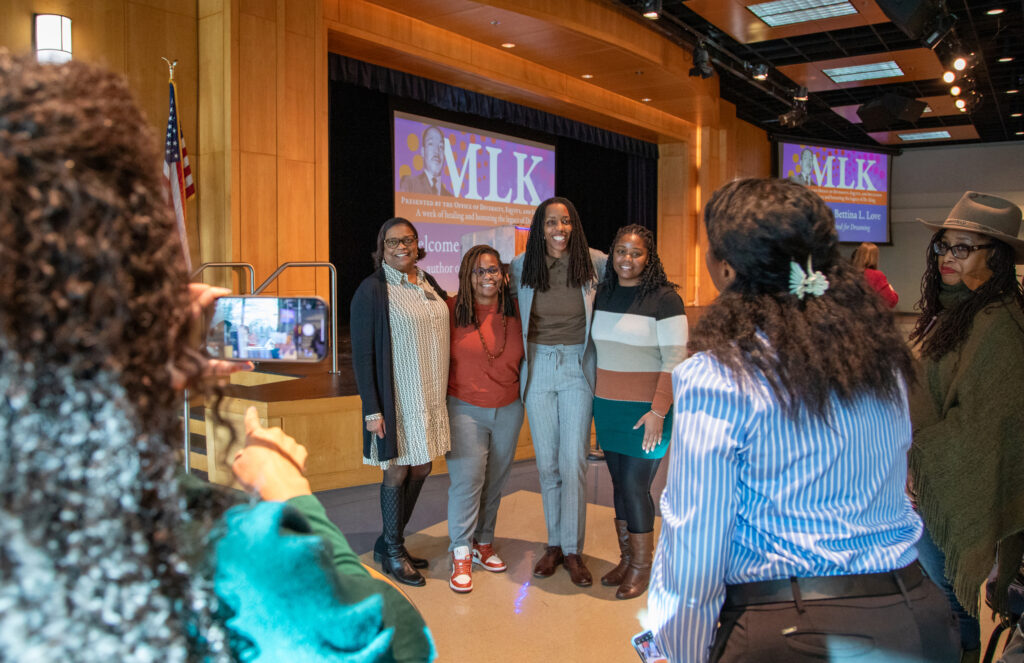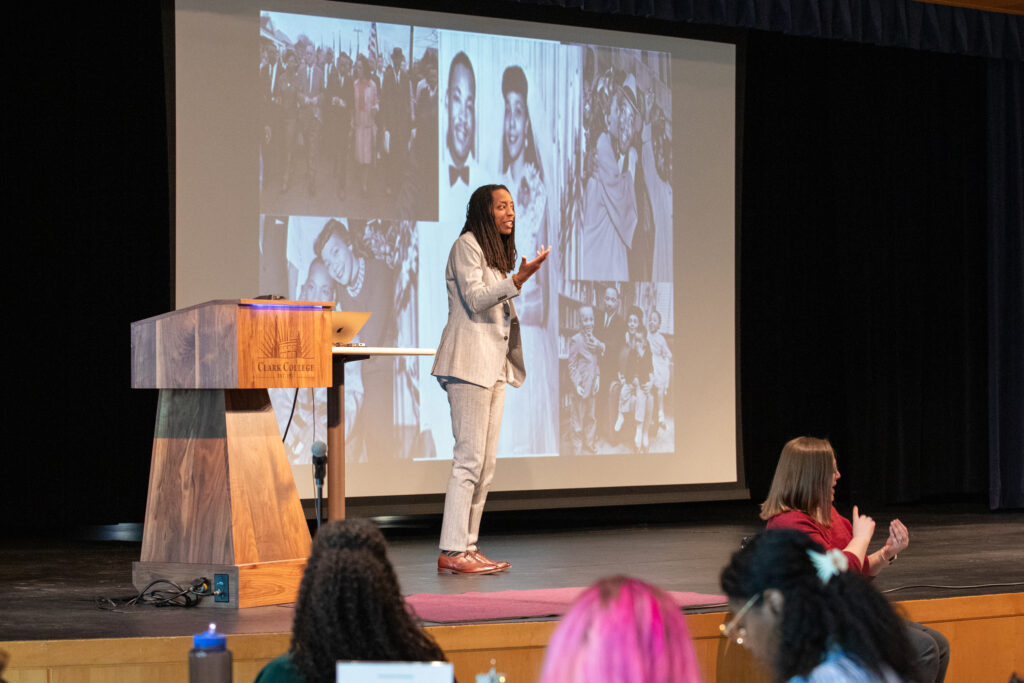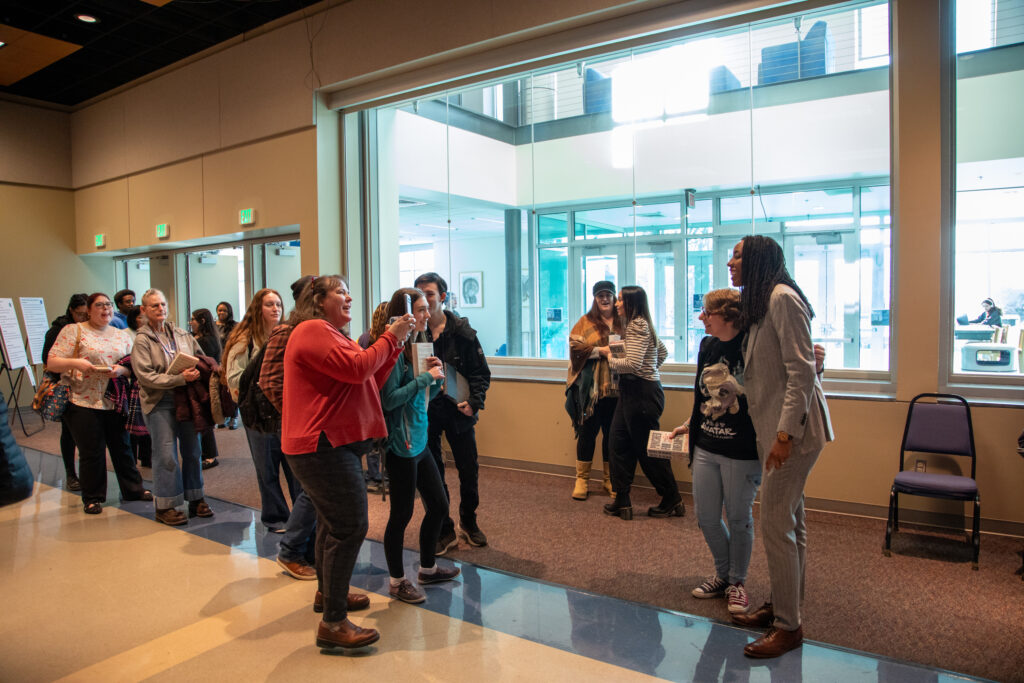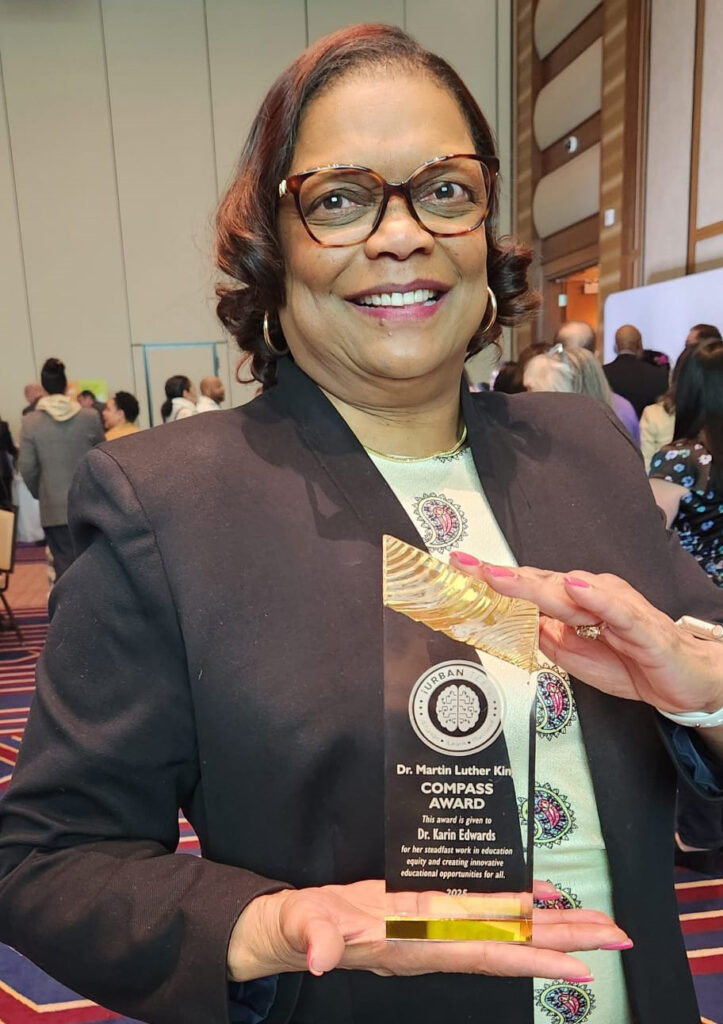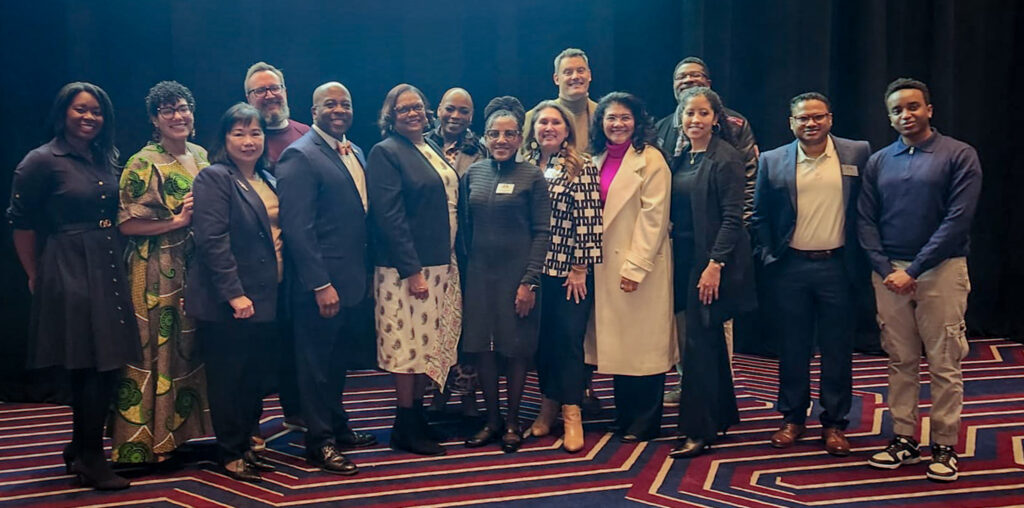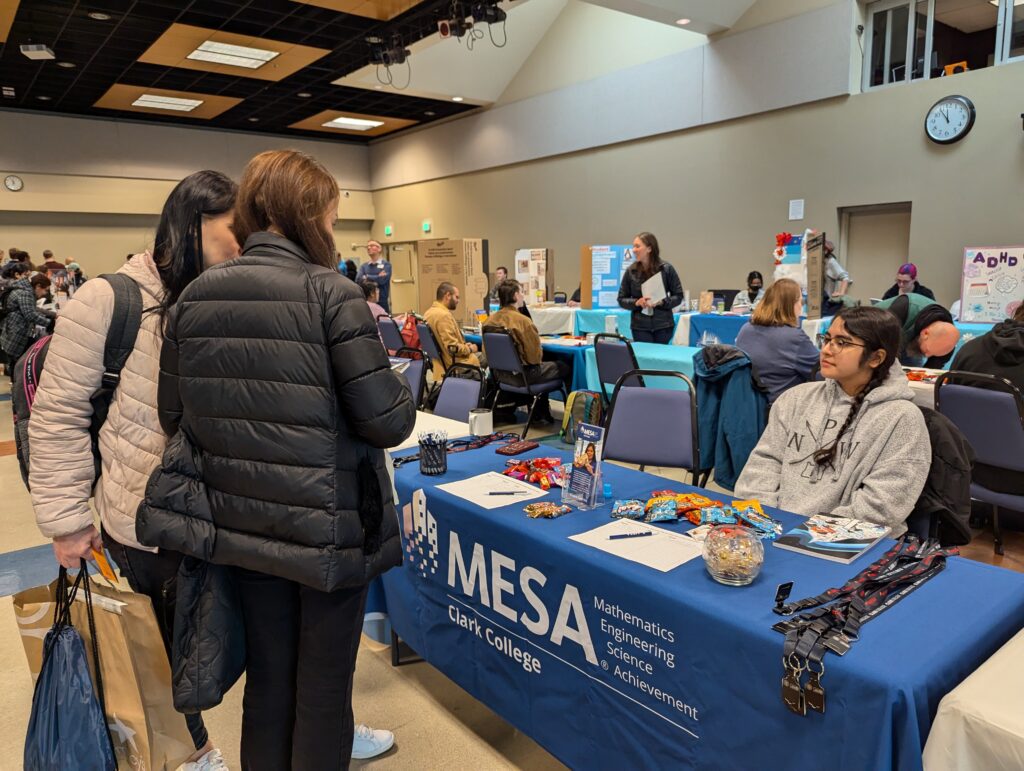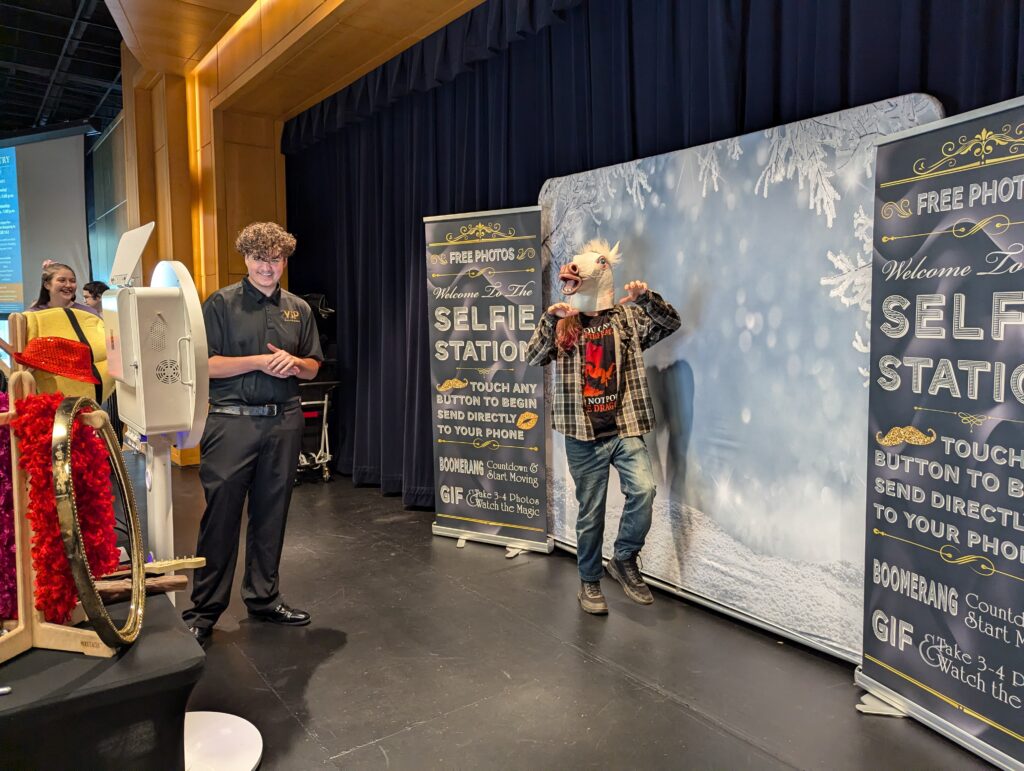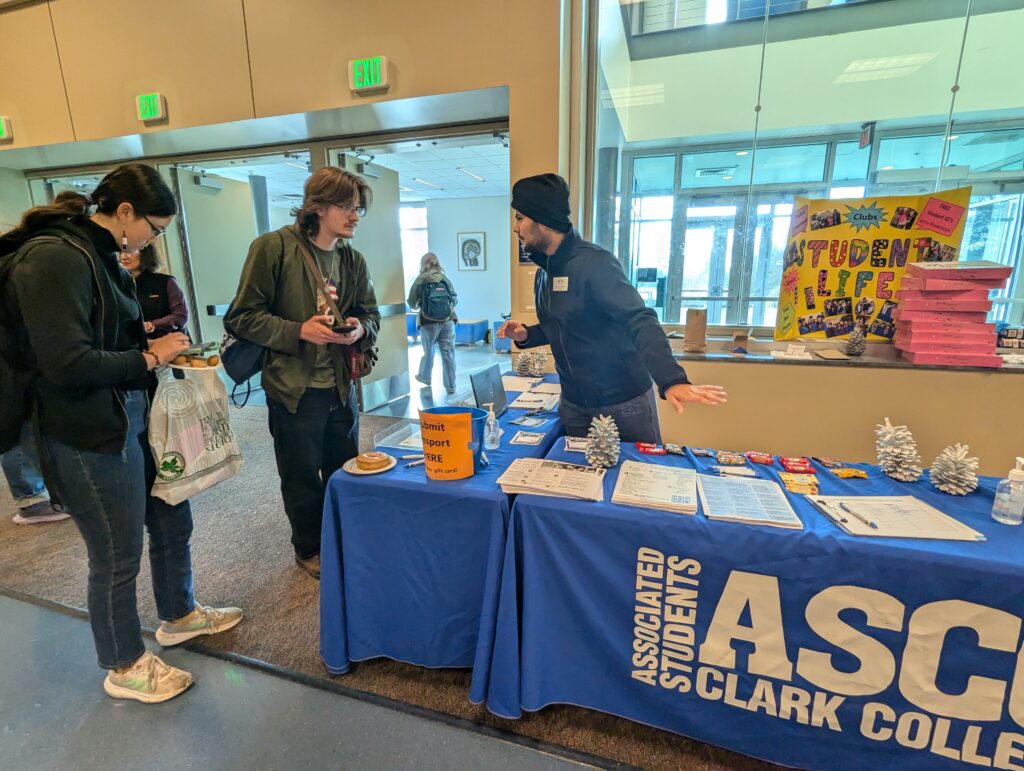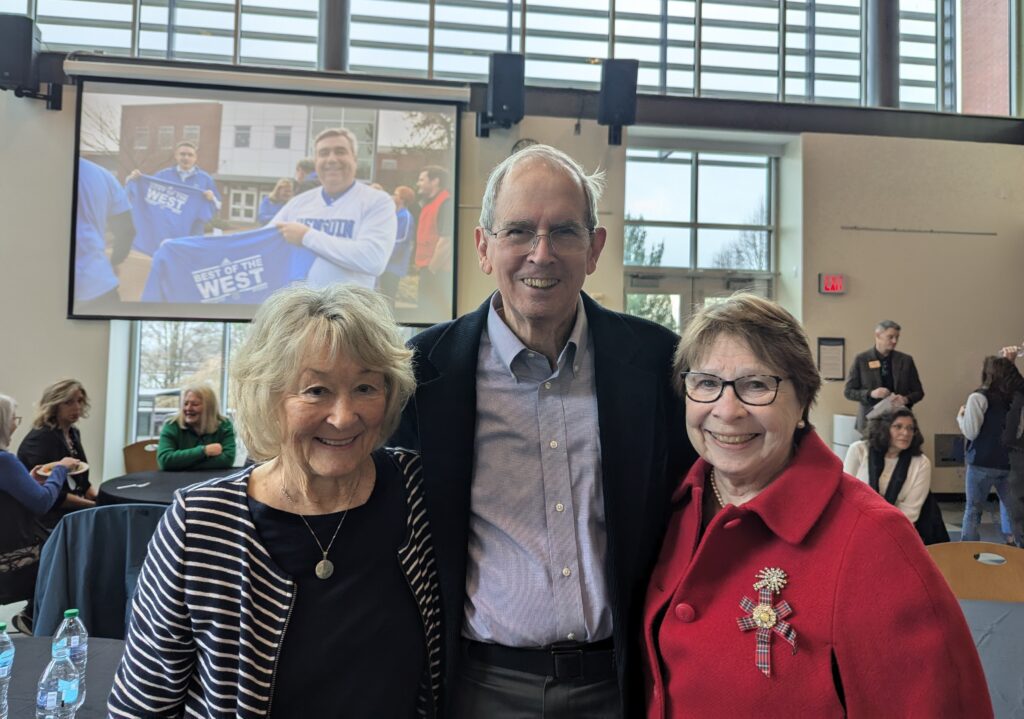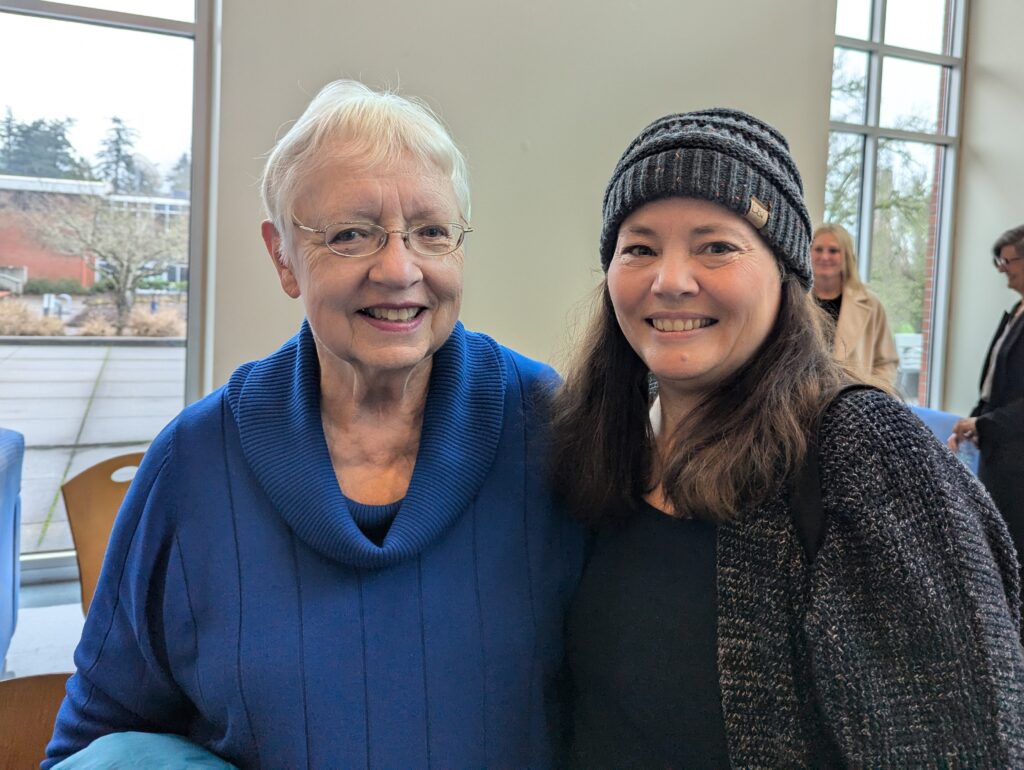Exploring Technology and Engineering Careers
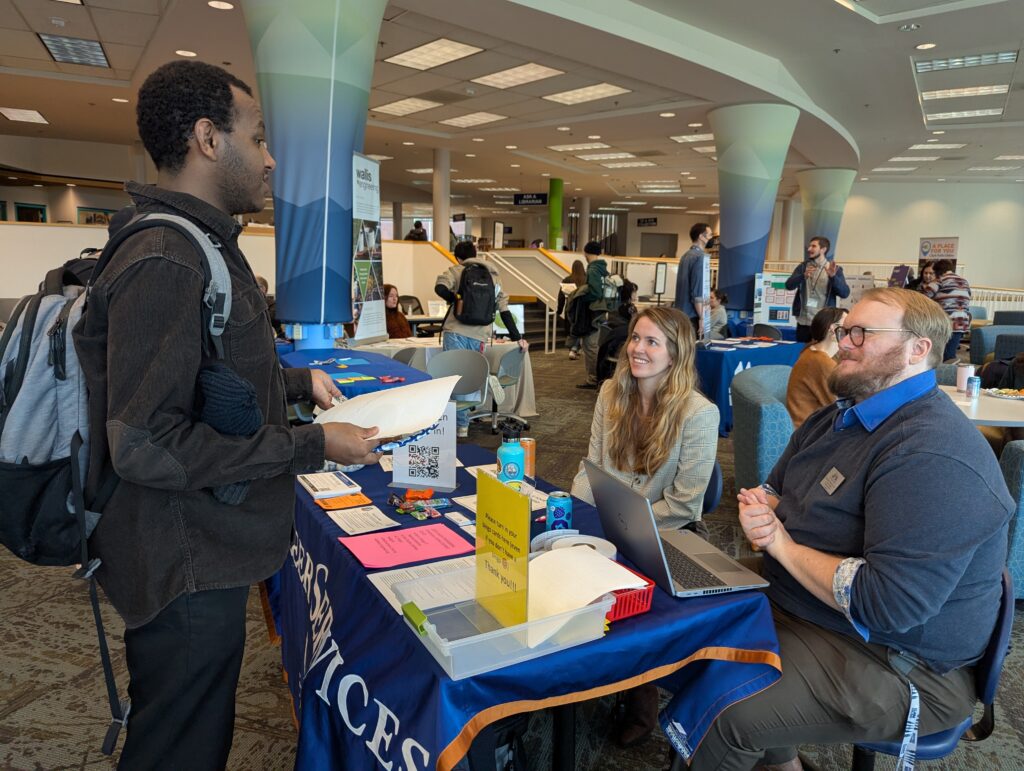
- How do Clark students who are enrolled in technology or engineering programs learn about the multitude of career paths available to them?
- Who can offer them real-world insights about what it’s like working as a civil engineer in the private sector versus the public sector?
- Where can students find out about paid summer internships in their field?
The answer to these questions is simple: Career Connect!
Career Connect events are open to Clark students, alumni, and community members. They provide opportunities to make connections and learn about internships, jobs, careers, and academic pathways. Clark staff, faculty, and local employers were in one place to support students. Opportunities are also regularly posted on Penguin Jobs, Clark’s online job and internship board.
Career Connect networking events provide an opportunity for Clark students in specific programs to connect with employers. At the Career Connect on February 4 in Cannell Library, students pursuing engineering and technology career paths had opportunities to meet with industry professionals and explore their career options.
Connecting with employers
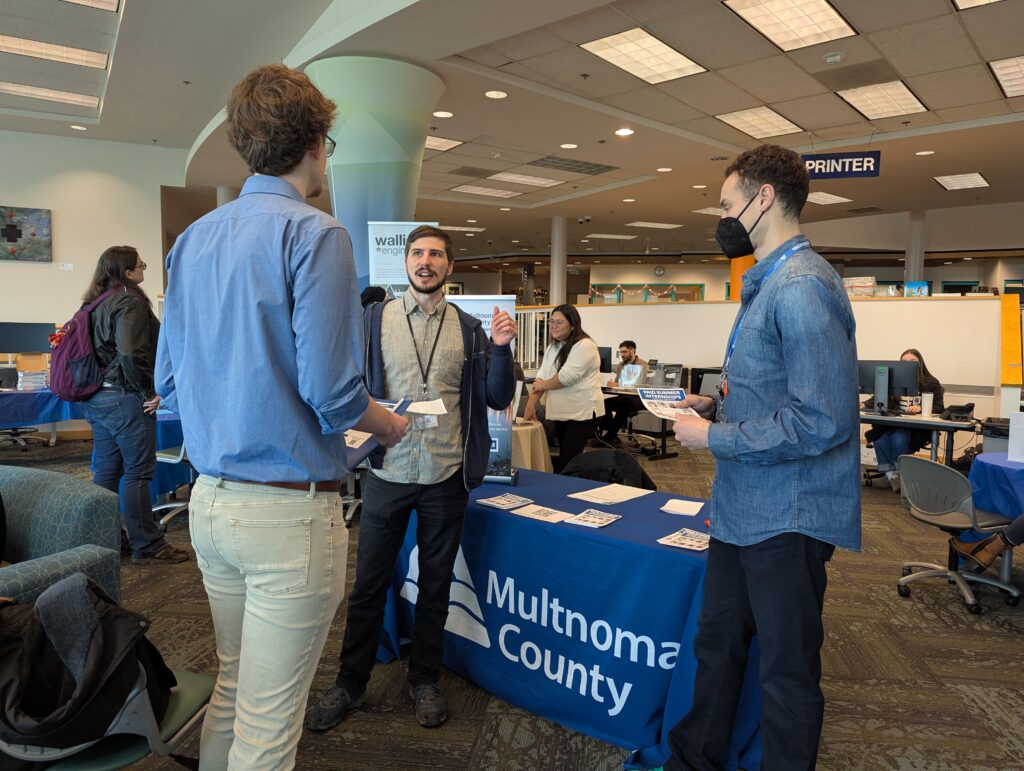
At the Multnomah County table, students were waiting to speak to the two representatives. Cole Whitehurst, who coordinates Multnomah County’s College to County Mentorship Program, had good news for Clark students. The program is hiring about 50 summer interns in a variety of county departments. The internships pay $24 per hour.
Whitehurst handed students a flyer with a QR code that linked to the internship webpage and encouraged them to apply. Applications will open March 14 and will close at 9 a.m. on April 15 deadline. It requires a resume and cover letter.
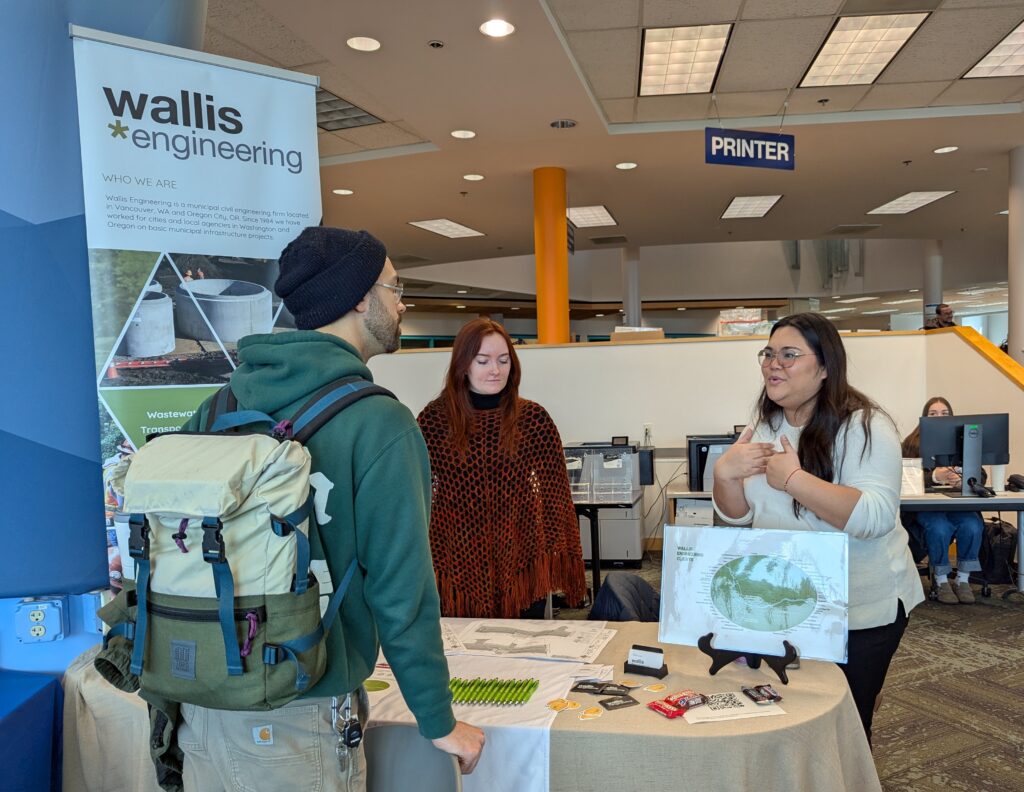
At the Wallis Engineering table, an Engineer and a Recruiter spoke with a Clark engineering student who had many questions. What kinds of projects do civil engineers work on? What does the day-to-day work look like?
Similar conversations happened throughout the space as students and industry professionals talked about the opportunities in their professions.
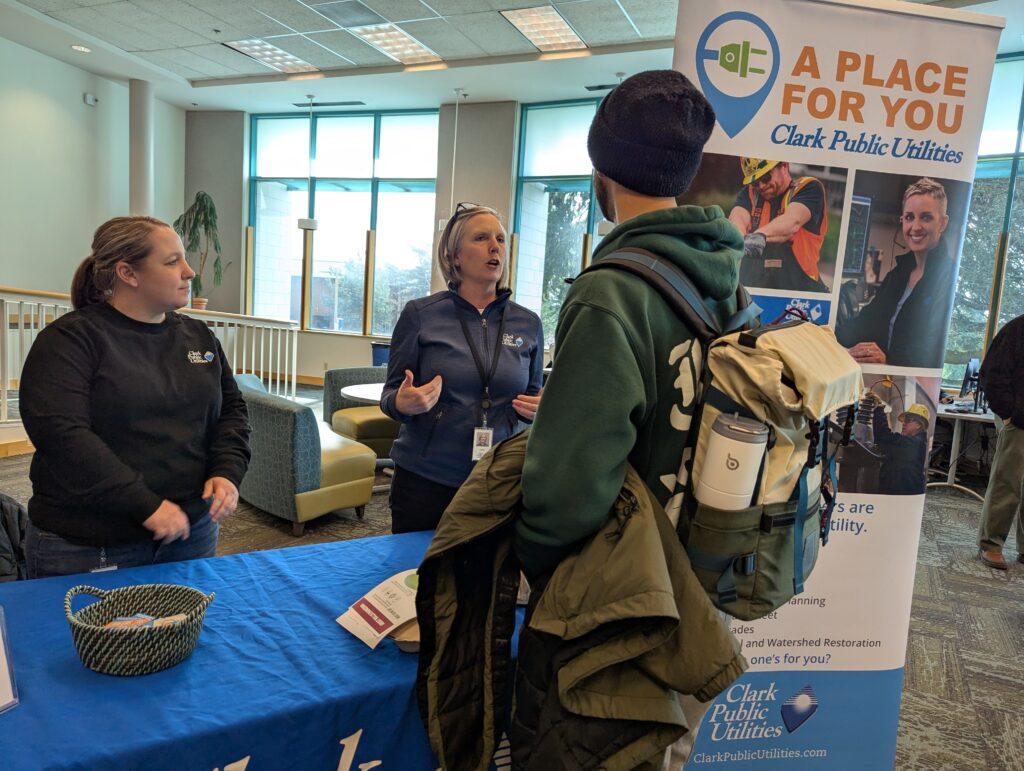
Connecting with resources
“If students would like assistance creating a resume and cover letter for any opportunity, the team at Career Services is ready to help,” said Alex Kison, Workforce and Student Engagement Navigator of Career Services.
In addition to exploring career pathways, students connected with the Career Services team, the Academic Advising department, and Student Success Coaches, learning more about the resources available in the Clark College community.
The following employers participated in the Career Connect on February 4:
- Clark Public Utilities
- C-Tran
- edgefi
- Multnomah County, Oregon
- Wallis Engineering
About Career Connect
Career Connect Events are open to Clark students, alumni, and community members and provide opportunities to make connections and learn about internships, jobs, careers and academic pathways. Clark staff, faculty and local employers will all be in one place to support students.
Next Career Connect
Who: Clark students enrolled or interested in biological, social, and physical sciences or STEM. All students and community members are welcome!
When: Tuesday, February 25 from 11:30 a.m. to 1 p.m.
Where: STEM Building Room 156
What to expect: Local employers and industry professionals will be at these events to speak with you about what it’s like to be in their profession and engage with you in career conversations. If you are currently looking for a job or internship related to STEM fields, you are encouraged to bring your resume to share with local employers.
Learn more: https://www.clark.edu/enroll/careers/events/
Make connections on campus
- Advising Services: advising@clark.edu or (360) 992-2345 or GHL 108
- Career Services: careerservices@clark.edu or (360) 992-2902 or GHL 108
- Student Success Coaches: Schedule a session here
Photos: Clark College/Susan Parrish
